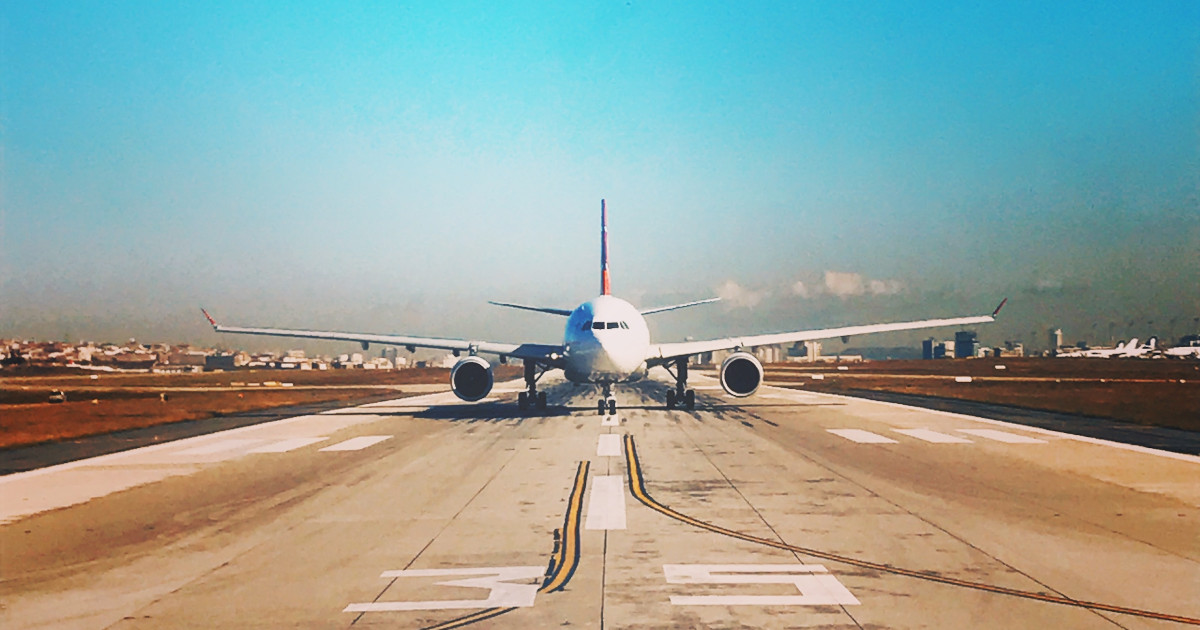- Joined
- Apr 27, 2003
- Posts
- 18,836
- Qantas
- LT Gold
- Virgin
- Platinum
- Oneworld
- Sapphire
This can literally happen to any aircraft at anytime if it is loaded incorrectly. CofG calculations are an important part of everyday aviation life.JB thank you . Can the same issue happen with the same plane type but different configurations . I am thinking of the a330 200 with Qantas and how they have an international, domestic and a hybrid seating arrangement.















